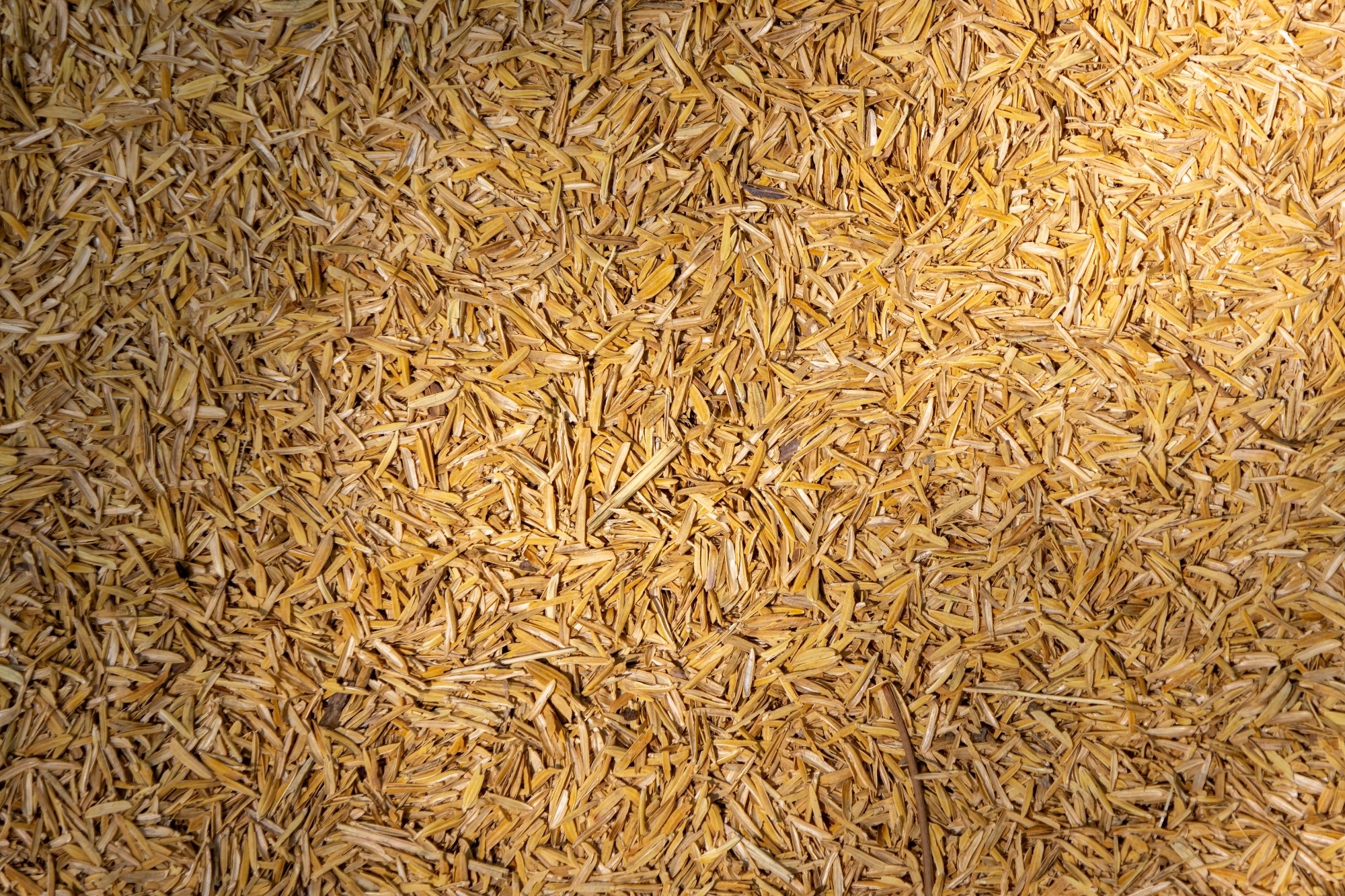Researchers have developed a sustainable concrete blend using agro-industrial waste materials that significantly reduces carbon emissions without compromising strength.

Study: Behavior and modeling of concrete incorporating agro-industrial wastes as a potential substitute for cement. Image Credit: Bokeh Blur Background/Shutterstock.com
Tackling Cement’s Carbon Footprint
Cement production accounts for roughly 8 % of global CO2 emissions, driven largely by the energy-intensive calcination of limestone. Producing one ton of cement requires about 4 GJ of energy, making it one of the most carbon-heavy materials in the construction industry. As pressure mounts to reduce emissions across sectors, finding practical alternatives to traditional cement has become increasingly urgent.
In response, a team of researchers has set out to explore how agro-industrial by-products (specifically fly ash, rice husk ash, and pumice) could be used to partially replace cement in concrete. These materials, typically treated as waste, not only offer environmental benefits but also enhance concrete's mechanical properties. Their use aligns with circular economy principles by turning industrial by-products into valuable construction resources.
Optimizing a Quaternary Concrete Blend
To assess the feasibility of this approach, the researchers developed quaternary concrete blends combining Ordinary Portland Cement (OPC) with the three selected waste materials. They applied a factorial experimental design to test how varying proportions affected concrete strength and durability.
Concrete samples were cast in cylindrical molds and evaluated using ASTM standards for compressive strength, elastic modulus, and other key performance indicators.
All materials were sourced locally in Pakistan: fly ash from coal-fired power plants, rice husk ash from controlled combustion processes, and pumice from textile mills. Before use, these materials were thoroughly analyzed for properties such as fineness, specific gravity, and chemical composition to confirm their suitability for concrete production.
To refine their approach, the team incorporated machine learning models like Extreme Gradient Boosting (XGBoost) and Random Forest (RF) to predict compressive strength and optimize mix design. These models allowed for more accurate performance forecasting and were validated through statistical analysis to ensure reliability.
Strength, Durability, and Emission Reductions
The test results showed clear trends. Increasing the proportion of rice husk ash improved compressive strength, while excessive pumice content tended to reduce it. The most effective formulation - 70 % OPC, 10 % fly ash, 15 % rice husk ash, and 5 % pumice - achieved a compressive strength of over 38 MPa after 120 days of curing, a level suitable for structural applications.
Strength wasn’t the only benefit. The modulus of elasticity also increased over time, indicating that the concrete continued to gain mechanical performance with age. Regression models developed to estimate elastic modulus and flexural strength based on compressive strength returned R2 values of 0.97 and 0.83, respectively. The XGBoost model proved particularly robust, delivering an R2 of 0.999, indicating near-perfect predictive accuracy.
Perhaps most significantly, the optimized blend cut CO2 emissions by approximately 38.8 % compared to conventional concrete. Durability testing further confirmed the value of these blends, with improved resistance to water penetration and chloride ion ingress, two factors critical for extending the lifespan of concrete structures, especially in harsh environments.
Toward Greener Construction Practices
The implications of this research extend well beyond the lab. In regions with ready access to agro-industrial by-products, incorporating these materials into concrete mixes could significantly reduce reliance on traditional cement. This not only helps lower emissions but also offers potential cost savings and supports waste reduction efforts.
What makes this work particularly valuable is its combination of material innovation and practical modeling tools. The machine learning models developed by the team can help engineers fine-tune mix designs to balance mechanical performance with environmental goals, offering tailored solutions for different construction needs.
Looking Ahead
The potential to reduce emissions and improve material efficiency using agro-industrial waste opens up practical pathways for scaling sustainable construction, but success will depend on more than lab results.
To move forward, the construction industry will need to address several real-world challenges: ensuring consistent quality in waste materials, adapting mix designs to different climates and structural requirements, and integrating predictive modeling into design workflows. Collaboration between material scientists, engineers, policymakers, and industry stakeholders will be key to bridging the gap between research and implementation.
There’s also room to broaden the scope by investigating other underutilized by-products like sugarcane bagasse ash or palm oil fuel ash, developing region-specific guidelines, and embedding these innovations into green building standards.
This study doesn’t just add to the knowledge base; it offers practical tools and insights for those looking to build with lower carbon impact. The next step is turning those insights into widely adopted practice.
Journal Reference
Raheel, M., & et al. (2025). Behaviour and modelling of concrete incorporating agro-industrial wastes as a potential substitute for cement. Sci Rep 15, 34077. DOI: 10.1038/s41598-025-14375-4, https://www.nature.com/articles/s41598-025-14375-4
Disclaimer: The views expressed here are those of the author expressed in their private capacity and do not necessarily represent the views of AZoM.com Limited T/A AZoNetwork the owner and operator of this website. This disclaimer forms part of the Terms and conditions of use of this website.